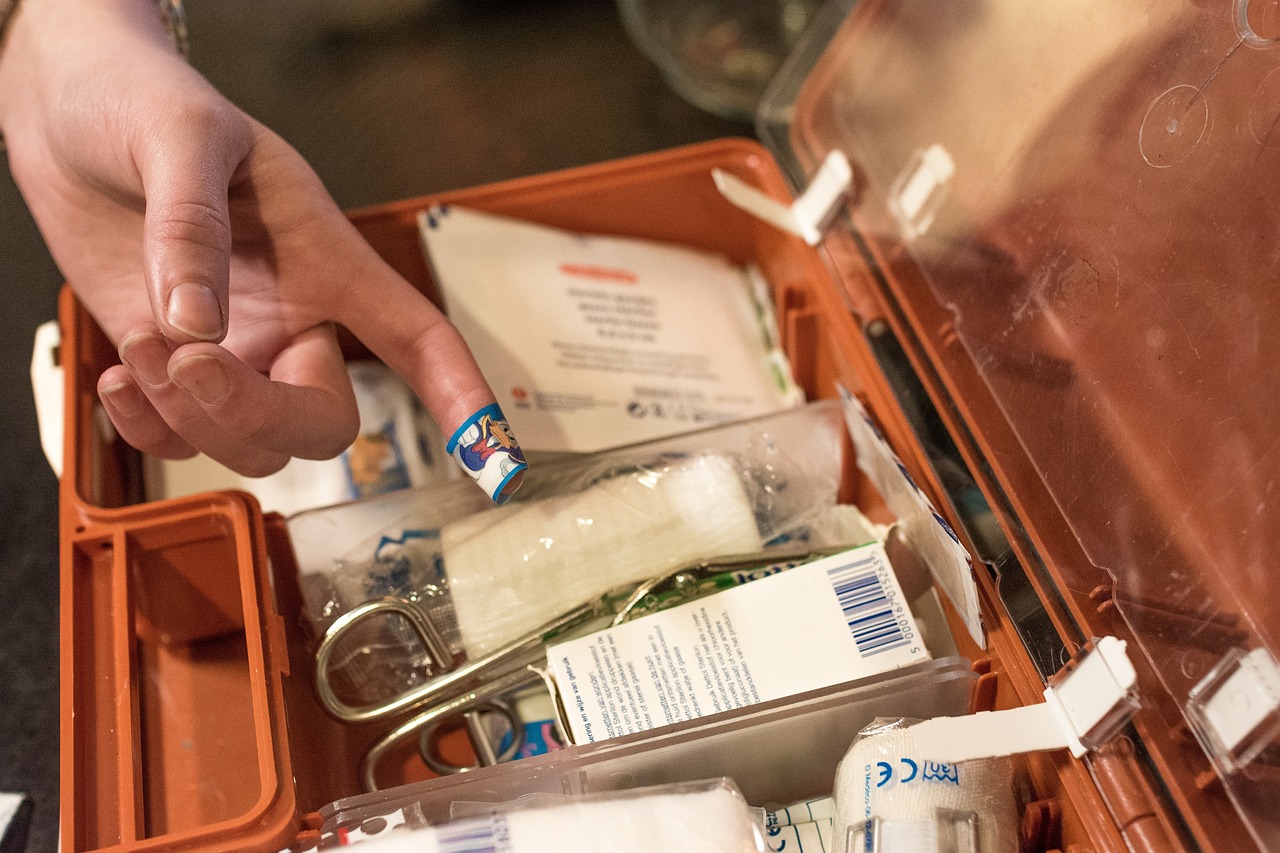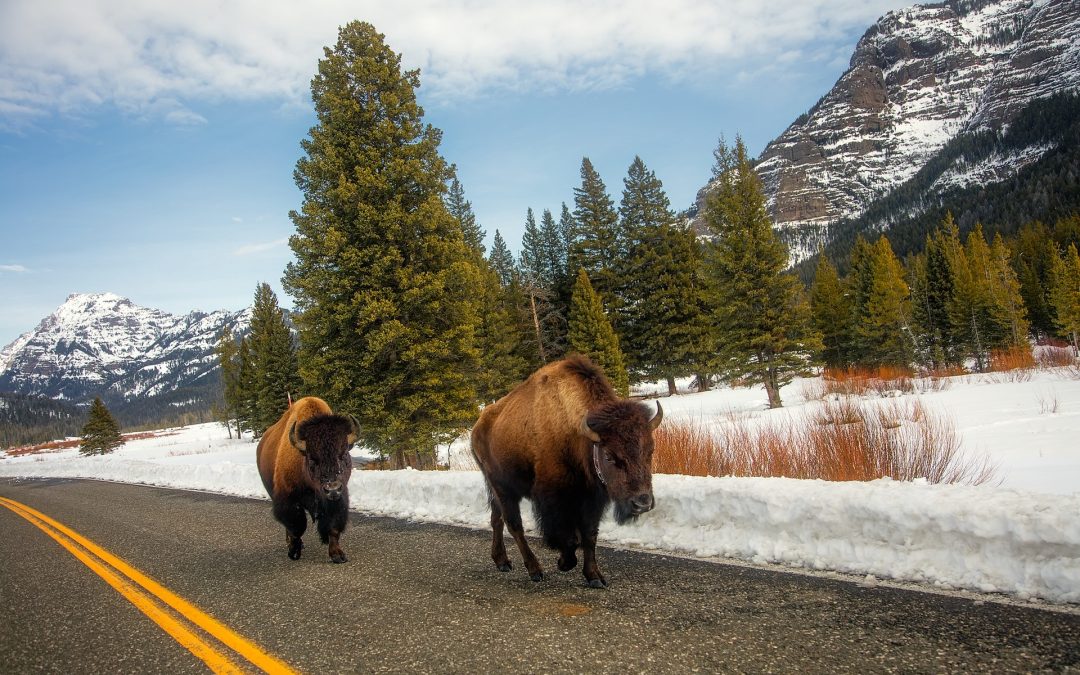Essential Tips for Safety and Awareness
Boondocking, also known as dry camping or off-grid camping, is a thrilling way to experience the great outdoors. However, with this freedom comes the responsibility of being prepared and aware of potential dangers, particularly when interacting with wildlife. Whether it’s bears, snakes, or insects, taking precautions to ensure your safety and the safety of the animals around you is paramount. In this article, we’ll cover essential tips and guidelines for wildlife safety and awareness while boondocking that will help you stay safe and responsible in the great outdoors.
Understanding the Wildlife
When it comes to boondocking, it’s essential to have a basic understanding of the wildlife you may encounter. There are various types of wildlife commonly encountered while boondocking, and understanding their characteristics and behaviors is crucial to your safety. For example, bears are attracted to food, while rattlesnakes tend to be most active during the day. It’s also essential to understand the dangers associated with each type of wildlife, such as the risk of a bear attack or contracting a tick-borne disease. In short, having a basic understanding of wildlife behaviors and characteristics is crucial to staying safe while boondocking.
 Image by Sabine van Erp from Pixabay
Image by Sabine van Erp from Pixabay
Preparing for Boondocking with Wildlife
To stay safe while boondocking, it’s crucial to come prepared with essential gear and supplies to ensure wildlife safety. For example, carrying bear spray, having a first-aid kit, and bringing appropriate clothing can help protect you from potential dangers. Additionally, it’s essential to prepare your campsite properly to avoid attracting wildlife. For example, storing food properly and disposing of waste responsibly can help minimize the chances of encountering wildlife. When it comes to food, it’s important to bring non-perishable and easy-to-prepare options, as well as avoid bringing anything with a strong odor that could attract animals. If you plan on bringing your dog, it’s important to take precautions and ensure their safety while boondocking.
Techniques for Avoiding Wildlife Encounters
While it’s impossible to eliminate the risk of encountering wildlife while boondocking, there are several strategies you can use to avoid such encounters. Understanding and respecting animal habitats and territory is essential to minimize the risk of startling animals, while making noise and alerting animals to your presence can help reduce the risk of accidental encounters. Proper hiking and trail etiquette, such as sticking to established trails and not approaching wild animals, can also help minimize the chances of encountering wildlife. Additionally, carrying bear spray and knowing how to use it can help protect you in case of an encounter with a bear.
Responding to Wildlife Encounters
Despite taking all the necessary precautions, you may still encounter wildlife while boondocking. In such cases, it’s essential to know how to respond safely and appropriately. For example, if you come across a bear, it’s important to back away slowly and avoid making direct eye contact. In case of a snake bite, it’s important to seek medical attention immediately. It’s also essential to know what to do in case of an emergency situation, such as knowing how to perform CPR or call for help.
Resources
- National Park Service – Wildlife Safety: This comprehensive resource from the National Park Service provides essential tips and guidelines for staying safe around wildlife in national parks and other natural areas. (https://www.nps.gov/subjects/wildlife-safety/index.htm)
- Centers for Disease Control and Prevention – Avoiding Ticks: The CDC offers valuable information on ticks, tick-borne diseases, and how to prevent tick bites while enjoying outdoor activities, including boondocking. (https://www.cdc.gov/ticks/avoid/index.html)
- REI Co-op – Bear Safety in the Backcountry: REI’s expert advice on bear safety includes essential information on how to avoid bear encounters, properly store food, and use bear spray effectively while camping or boondocking in bear country. (https://www.rei.com/learn/expert-advice/bear-safety.html)
- Leave No Trace Center for Outdoor Ethics – Wildlife Encounters: This resource from the Leave No Trace Center for Outdoor Ethics provides guidelines on how to minimize the impact on wildlife and their habitats while enjoying outdoor activities, such as boondocking, hiking, and camping. (https://lnt.org/why/7-principles/wildlife/)
- North American Nature – Wildlife Safety Tips for Campers: North American Nature offers a comprehensive guide on wildlife safety tips for campers, covering various wildlife species and how to handle encounters responsibly and safely. (https://northamericannature.com/wildlife-safety-tips-for-campers/)
FAQs
Q1. What is boondocking?
A1. Boondocking is a type of camping that involves staying in remote areas without access to amenities such as electricity, water, and sewage hookups. It is also known as dry camping or off-grid camping.
Q2. What are some potential dangers of interacting with wildlife while boondocking?
A2. Some potential dangers of interacting with wildlife while boondocking include bear attacks, snake bites, and tick-borne diseases. It is important to take precautions to ensure your safety and the safety of the animals around you.
Q3. What gear and supplies should I bring to ensure wildlife safety while boondocking?
A3. To ensure wildlife safety while boondocking, it is important to bring essential gear and supplies such as bear spray, a first-aid kit, appropriate clothing, non-perishable and easy-to-prepare food, and anything that can help store food properly and dispose of waste responsibly.
Q4. How can I avoid wildlife encounters while boondocking?
A4. Strategies for avoiding wildlife encounters while boondocking include understanding and respecting animal habitats and territory, making noise to alert animals to your presence, sticking to established trails, carrying bear spray, and not approaching wild animals.
Q5. What should I do if I encounter wildlife while boondocking?
A5. If you encounter wildlife while boondocking, it is important to respond safely and appropriately. For example, if you come across a bear, it’s important to back away slowly and avoid making direct eye contact. In case of a snake bite, seek medical attention immediately. It is also essential to know what to do in case of an emergency situation, such as how to perform CPR or call for help.
Conclusion
In conclusion, boondocking with wildlife can be an incredibly fulfilling experience, but it also requires a great deal of responsibility and preparation. Understanding the wildlife, preparing for boondocking with wildlife, using techniques for avoiding wildlife encounters, and knowing how to respond to wildlife encounters are essential to staying safe while boondocking. By following these guidelines, you can have a safe and enjoyable boondocking experience while respecting and protecting
Featured Image by David Mark from Pixabay

